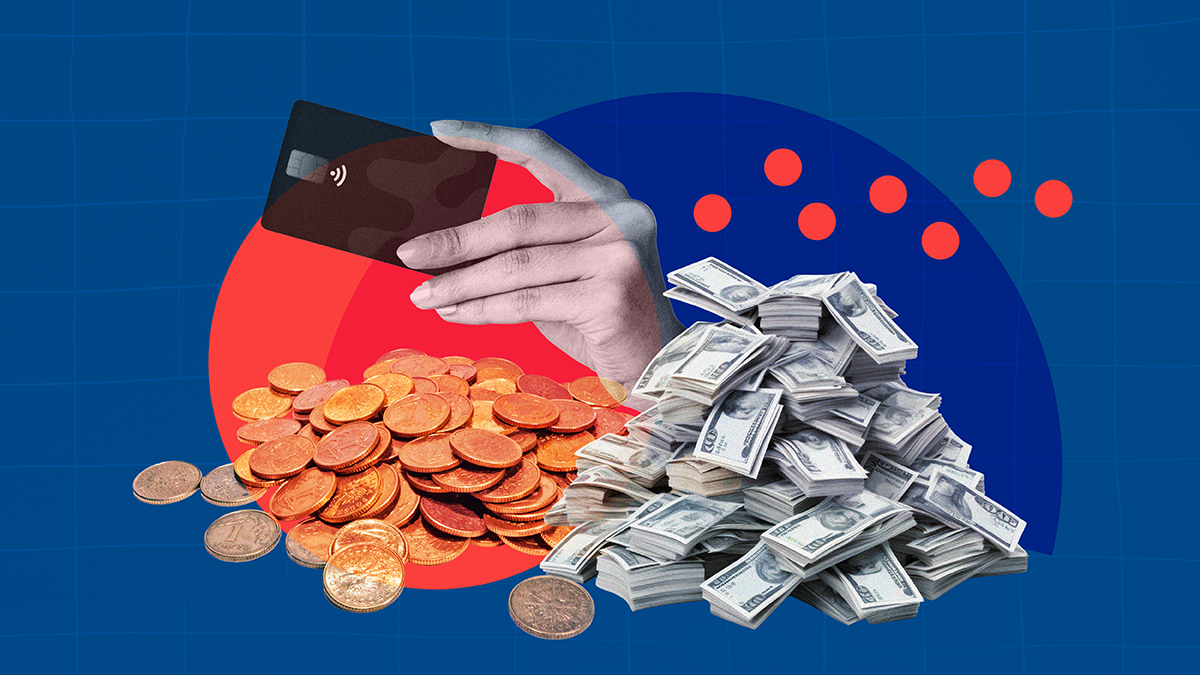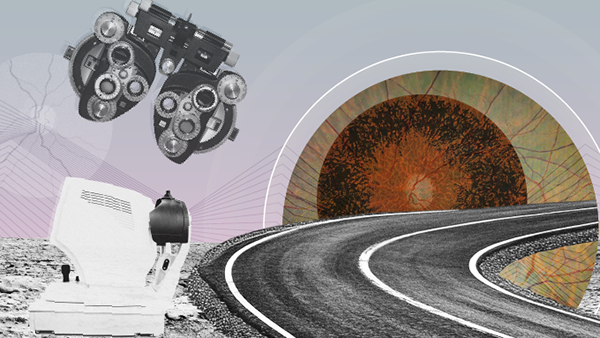Consumer Spending: Embrace Change, Avoid Disaster
How should optometrists and opticians be reacting to shifting trends?
The cost of living crisis has substantially impacted how consumers use their spending power, especially when it comes to those industries not catering directly toward their everyday welfare. At the end of 2022, the Association of Optometrists highlighted UK consumers’ reluctance to spend additional money on their optometric needs. The AOP’s poll of over 1,000 individuals found that 62 percent of respondents who wore either glasses or contact lenses were delaying going back to the opticians, with 31 percent claiming they were wearing friends’ or family’s eyewear as a way of saving money, and 36 percent wearing out-of-date prescriptions.
These are concerning statistics for the profession. Responding to this climate of guarded spending, AccessPaySuite – a payments solutions provider – conducted a study, How health and wellbeing businesses can cut costs and drive growth, looking at consumer demands around payments in the health and wellbeing sector. Cautious consumerism is “impacting businesses across a range of different sectors, but particularly optometrists,” explains Dave Carr, AccessPaySuite’s Transformation Director. “Ultimately, customer demands are changing rapidly, so the optometrists that don’t keep up with them will see the impact on the bottom line.” Therefore, he goes on, it’s important for optometrists “to make sure they have a range of payment options to suit their customers.”
COVID-19 “resulted in some marked changes in payments behavior,” says David Postings, Chief Executive of UK Finance. “While it’s too early to say whether they are permanent changes, we did see an acceleration in some existing trends, such as the reduction in cash usage and the growth in contactless and mobile payments.”
In terms of the optometry market, the impact of the pandemic is something that cannot be ignored, says Carr – online payment methods soared during this time. “While there has been a decline in cash payments since the pandemic, it’s still important to provide a choice for all customers,” Carr adds. “Well over a quarter of the UK population […] are classed as digitally-excluded, meaning they struggle to complete online tasks, so it’s essential to have options for people who don’t have access to the internet.”
Perhaps unsurprisingly, Access PaySuite’s report also suggests that generational differences play a role in preferred payment methods. The survey found that almost 30 percent of Generation Z – those individuals born between 1997 and 2010 – preferred to pay for transactions online. That figure is in stark contrast to the “Silent Generation” (born 1928–1945), of which only 6 percent listed “online” as their preferred payment method.
“Health and wellness service providers must continue to be sympathetic to customers’ financial situations, and by offering payment plans and installment options, customers will appreciate being able to avoid large lump sum payments,” Carr says. “It’s important that optometrists understand how consumer demands and expectations are changing and make sure they have the systems and processes in place to meet that demand.”
Elon Musk once said, “Some people don’t like change, but you need to embrace change if the alternative is disaster.” Amid Musk’s wilder pronouncements, it’s hard not to see the inherent value of this statement. The UK eye care industry could do well to take note.
The New Optometrist Newsletter
Permission Statement
By opting-in, you agree to receive email communications from The New Optometrist. You will stay up-to-date with optometry content, news, events and sponsors information.
You can view our privacy policy here
Most Popular
Sign up to The New Optometrist Updates
Permission Statement
By opting-in, you agree to receive email communications from The New Optometrist. You will stay up-to-date with optometry content, news, events and sponsors information.
You can view our privacy policy here
Sign up to The New Optometrist Updates
Permission Statement
By opting-in, you agree to receive email communications from The New Optometrist. You will stay up-to-date with optometry content, news, events and sponsors information.
You can view our privacy policy here







